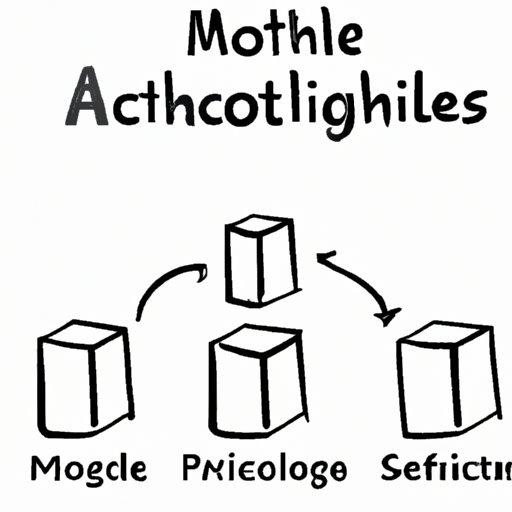Introduction
Monolithic architecture refers to a software development approach that involves building and deploying applications as single units. It’s a popular approach in the software development industry, but it comes with its own set of challenges. In this article, we explore the negative impact of monolithic architecture on software development, and analyze the benefits of transitioning to more flexible architectures, such as microservices.
This article is aimed at developers, software architects, and anyone interested in software development processes.
Risks of Monolithic Architecture
One of the main risks associated with monolithic architecture is scalability issues. As applications grow and become more complex, it becomes increasingly difficult to maintain large codebases. Updating and deploying these large units can be time-consuming and error-prone, leading to increased downtime and potential losses in revenue.
Another risk of monolithic architecture is the challenge of maintaining reliability in the face of a single point of failure. If one component of a monolithic application fails, the entire application goes down, impacting productivity and potentially causing financial loss.
Furthermore, monolithic architecture can limit innovation and hinder agility in development. Making changes to large codebases can be a lengthy and complex process, limiting the ability to experiment and innovate. This rigidity in the development process can make it difficult to respond quickly to market changes or evolving customer needs.
Alternatives to Monolithic Architecture
One promising alternative to monolithic architecture is microservices architecture. Microservices architecture involves breaking down applications into smaller, independent units that can be developed and deployed separately. This approach offers a solution to many of the challenges posed by monolithic architecture.
By breaking down applications into smaller units, microservices architecture allows for greater scalability and the ability to easily update and deploy changes. It also reduces the risk of downtime, as failures in one component do not impact the entire application.
Furthermore, microservices architecture promotes flexibility in development, allowing teams to experiment and innovate more easily. The ability to deploy smaller components independently, without impacting the entire application, creates a more agile development process.
Impact on Efficiency
Monolithic architecture can significantly impact efficiency and productivity in software development. The challenges associated with maintaining large codebases, updating and deploying changes, and the risk of downtime can result in increased time spent on maintenance, rather than innovation and experimentation.
Moreover, the limits on innovation caused by monolithic architecture can affect a company’s bottom line. The ability to quickly respond to market changes and customer needs is essential to remain competitive in the software development industry. By limiting this ability, monolithic architecture can lead to lost opportunities and revenue.
Debunking Myths
There are several myths associated with monolithic architecture that need to be debunked. For example, some assume that it’s quicker to develop applications using a monolithic architecture, or that it requires less complexity. However, these assumptions are not supported by the evidence.
Research has shown that monolithic architecture can slow down development processes due to time-consuming and error-prone deployment procedures. Moreover, the complexity of maintaining large codebases can actually increase over time, leading to even greater time requirements.
Monolithic Architecture in Modern Software Development
Monolithic architecture doesn’t always fit into modern software development processes. Newer technologies, such as cloud computing and the Internet of Things (IoT), depend on more flexible architectures to thrive. Monolithic architecture may hinder the adoption and effective use of these technologies.
One solution to this challenge is the use of containerization technology. By using containers, developers can create and manage software applications that are more portable and scalable than traditional monolithic architecture. Containerization technology promotes agility and flexibility in development, which is essential for modern software development.
Learning from Others
Several companies have already moved away from monolithic architecture, citing the benefits of more flexible architectures, such as microservices. For example, Netflix, Amazon, and Uber have all adopted microservices architecture in their development processes. These companies have reported significant benefits, such as increased scalability and agility, improved deployment procedures, and reduced downtime.
Encouraging other companies to consider making similar transitions can have significant benefits for the software development industry. By embracing more flexible architectures, companies can increase efficiency and productivity, while remaining agile and responsive to market changes.
Conclusion
In conclusion, monolithic architecture has several risks and drawbacks that can significantly impact software development. Alternative architectures, such as microservices, offer solutions to these challenges by promoting scalability, reliability, and innovation. Debunking common myths associated with monolithic architecture, adopting containerization technology, and learning from other companies can help promote flexibility and agility in the development process. By embracing more flexible architectures, companies can reap significant benefits in efficiency, productivity, and long-term success.
(Note: Is this article not meeting your expectations? Do you have knowledge or insights to share? Unlock new opportunities and expand your reach by joining our authors team. Click Registration to join us and share your expertise with our readers.)
